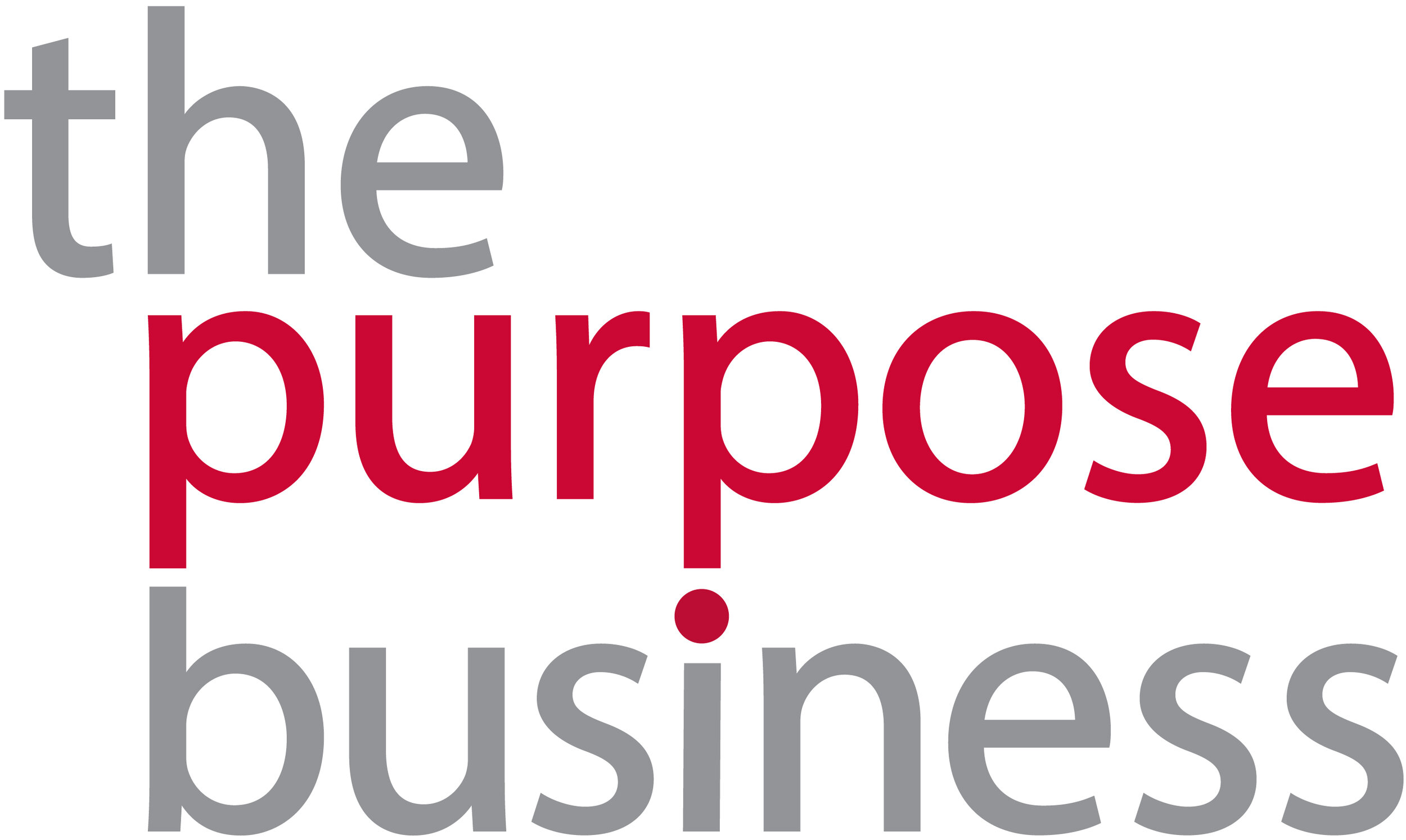Seeing is believing: Igniting commitment to change
Zoë Arden discusses the power of personal experiences in igniting commitment to change – and shares key steps for individuals who want to implement a strong sustainability agenda within their organisation.
There’s an oft used phrase: ‘seeing is believing’. Nowhere is this more true than when it comes to the difficult job of connecting leaders to global challenges.
According to the recent IPCC report, we have just 12 years in which to limit climate change catastrophe. To do this, we require high-impact leadership at all levels. But how do we accelerate that type of leadership? One way is through first-hand experience.
Recently, a friend who leads sustainability for a global hospitality business called me to say that she had got her ambitious plan passed by the Board with no changes. What was different? An influential Board member was just back from a family holiday in Bali. In nine days, she had not been able to swim in the ocean once because of the plastics pollution. She told the Board they had to do more to eradicate plastics from their supply chain – and they had to do it fast. Her personal experience had ignited her commitment to show greater leadership and positive impact as a business.
The enduring takeaway from the recent COP24 climate conference was the speech by Swedish schoolgirl Greta Thunberg. “You only speak of green economic growth because you are too scared of being unpopular,” she said. “You are not mature enough to tell it like it is… even that burden you leave to us children.”
For many people, she cut through the complexity of the issue and forced us to think of our responsibility as parents and grandparents.
These two examples reminded me of my Master’s research on the impact of experiential learning programmes – including those run by Leaders’ Quest – on business leaders’ attitudes to sustainability. In this and subsequent research, I’ve seen evidence of mindset shifts due to personal experiences that helped executives see the world through fresh eyes.
These shifts created the impetus, in some cases, for the business to embed more sustainable processes, products and services. For example, a global B2C company that, despite ambitious public commitments, could not get the Chief Procurement Officer on board – until he spent two days with women coffee growers in Columbia and understood the impact of pricing on their ability to educate their children.
Experiential learning can contribute to high impact leadership that will transform ‘business as usual’ – which is what is required to stabilise climate change.
As we concluded in a recent Cambridge Institute for Sustainability Leadership (CISL) report, “Opening the eyes of employees to the changing context and global challenges can unlock innovation; challenge beliefs; correct misperceptions and unconscious bias; and shape organisational approaches.”
Maximising the impact
So, what can you do to maximise the impact of experiential learning programmes in your organisation?
Have a CEO or board member champion the programme.
Tell participants what they need to know in pre-briefings, not how to feel.
Pick delegates that are senior enough to take follow up action.
Incorporate multiple stakeholder perspectives and meet individuals personally impacted (eg customers, community members, farmers).
Feature community leadership. The business is not alone. It needs to collaborate with others to create systems-level change.
Set clear goals, eg to drive innovation, add new market knowledge or better understand your role in solving an issue.
Take participants out of their comfort zone, with care. (Those familiar with Otto Scharmer’s Theory U will recognise the need to get to a state of ‘unlearning’ – the process of letting go of old beliefs and creating space for new ideas and co-creation.)
Provide examples of positive action taken by other businesses and share the benefits, like employee engagement.
Secure ownership of follow-up commitments within the business so that it becomes ‘the way we do things round here’.
Put mechanisms in place to ensure the learnings stay fresh through peer support groups and ongoing courses.
Taking personal responsibility
As well as designing and/or contributing to experiential learning programmes, there are steps you can take right now if you are a motivated individual who wants to strengthen your leadership impact.
Put yourself in the shoes of others – understand the challenges of the different stakeholders you work with and impact.
Expand your sphere of influence – build relationships with those who can help deliver change.
Join a learning community that wants to create change – be inspired and motivated by peers who are also taking on big challenges.
Let’s deliver the change required with high-impact leadership. As Greta Thunberg said, let’s not leave this burden to our children.
This blog was first published by CISL on 25th January 2019.




